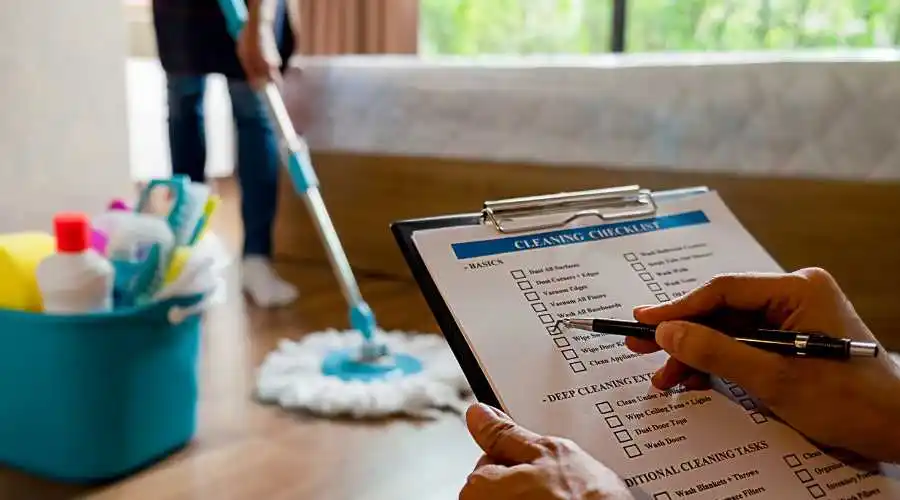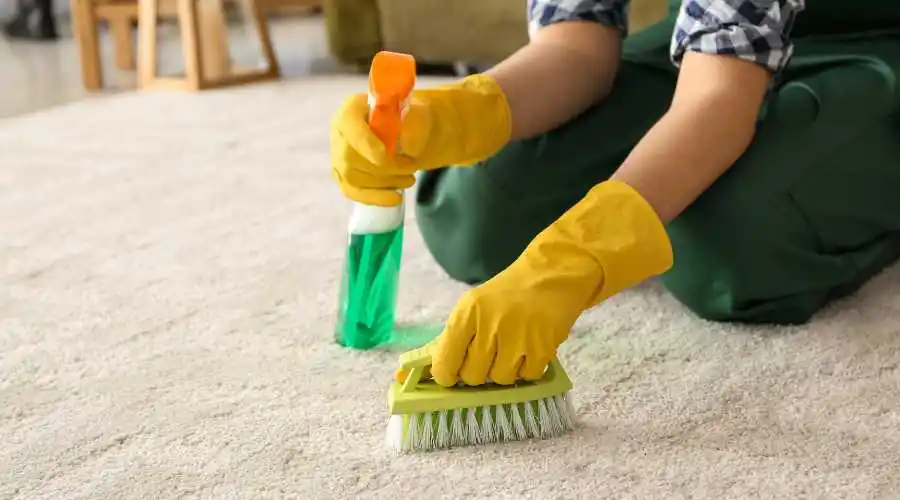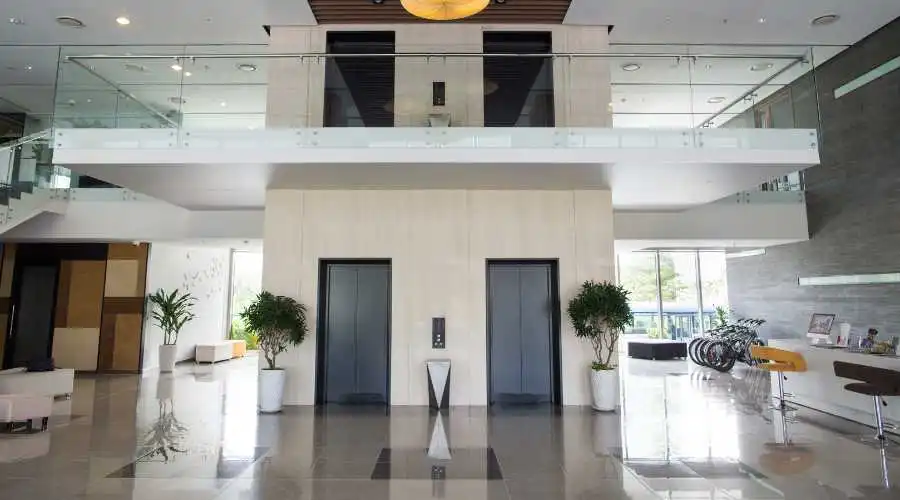The season of rejuvenation, according to legend, is spring. It’s a time of year when new buds appear, trees fill out, and the grass begins to grow. It’s not just Mother Nature either. Many of us have made it a practice to perform some light spring cleaning to refresh the areas we occupy.
The spring offers several opportunities for facilities managers. Even though there may not be a formal “spring cleaning” at your facility, the time of year is a great opportunity to improve the facility’s aesthetics, get ready for the hot months ahead, and be more proactive with maintenance.
7 Strategic Areas for Commercial Facility Spring Cleaning
As we get further into the spring season, here are some important topics you might want to discuss to help you plan your agenda:
1. Landscaping: tidy up, spruce up, and add some greenery.
Employees and visitors alike may have quite different impressions of your facility depending on how it is landscaped. Any building can look more welcoming by having a well-kept landscape. Your landscaping requires a lot of work in the spring.
In addition to getting ready for routine mowing and maintenance, here are some other landscaping projects you ought to think about in the spring:
- installing new mulch
- Pre-emergent herbicide application or weeding
- Aeration, seeding, and overseeding
- cutting back shrubs
- Eliminating any trouble spots
- establishing new bushes, trees, or flowers
2. Windows: Make your space more light-filled.
Whether the winter is harsh or mild, the exterior of your building may appear, well-weathered. It usually affects structures with a lot of windows the most. You might not even be aware of how much natural light your windows’ coating is blocking out.
It frequently feels like a switch from SD to HD television when you get all of your windows cleaned. The attitude of everyone in your facility can improve as a result of the illumination of entire rooms. Clean the interior and exterior of every window in your home for the best results.
3. Carpet: Dig deep to undo winter’s severe damage
The winter season is typically the harshest on facility carpets. As a result of stomping or wiping feet, moisture, muck, and debris attack carpets more frequently in the winter and embed themselves deeper. Even more damage to your carpet’s appearance and potential long-term harm could result from snow or salt falling on it.
There isn’t a more crucial time to have your industrial carpet thoroughly cleaned than the spring, as a firm with two decades of experience in the commercial carpet cleaning industry can assure you. The carpeting in your building needs to be exceptionally clean at this time. Your carpet will seem brand-new afterward, and it will also contribute to its longer lifespan.
4. Upholstery: Refresh your workplace furniture by replacing the upholstery.
In the months after the winter, your carpets and upholstery both require a good cleaning. Your building’s furniture is affected by the additional dust and moisture that tend to enter throughout the winter, in addition to the bacteria and dead skin cells that are also carried within.
Avoid the typical error of neglecting the furniture in your building when spring cleaning. Whether your furniture is leather or upholstered, it will look younger and less dingy after a professional cleaning.
5. AC/HVAC: Get ready to keep cool in the heat
It is usually a good idea to ensure your unit is operating at peak efficiency before switching from heating your building to turning on the air conditioning. To ensure everything is in working order, you should operate your equipment for a time as a test. Additionally, you should look for any potential issues that could arise because of aging machinery or broken-down components.
Additionally, now is the perfect time to dust off all of your unit’s nooks and crannies and clean out all of your vents and ducts. When they do this, they frequently find things like mold or pest infestations, which might surprise you. It makes sense to take preventative measures with regard to AC now to avoid a system failure on a sweltering July day.
6. Pest control: Prevent insects from overrunning your facility.
The pest population also rises in the spring as the natural world does. Pests can pose serious issues for commercial buildings, whether they are ants, termites, spiders, mosquitoes, or, gasp, bed bugs. Buildings may be closed for days or weeks while significant infestations are dealt with. The ideal strategy for pest management is proactive, as is the case with other aspects of facility management.
Know which bugs to watch out for in your neighborhood and have your building treated to keep those pesky critters out. Determine any outdoor elements that may be luring bugs, such as landscaping, standing water, food or rubbish, or tiny holes or access points in the building exterior, if you had pest problems the spring or summer before.
7. Full Facility Check: Prevent issues and arrange your subsequent project.
Each new season’s beginning is an opportunity to conduct a thorough facilities walkthrough. Use this opportunity to assess your facility’s overall condition. Before any problems arise, identify any possible ones. Be prepared, though.
Which machinery might benefit from an upgrade? Where might your facility gain from modern or intelligent technology? What are some future strategies for lowering maintenance costs? Make a list of the facilities you want. Even if you are now unable to accomplish any or all of these things, keep them in mind. Maybe you can set a goal for the spring season to cross off one thing from your list.







